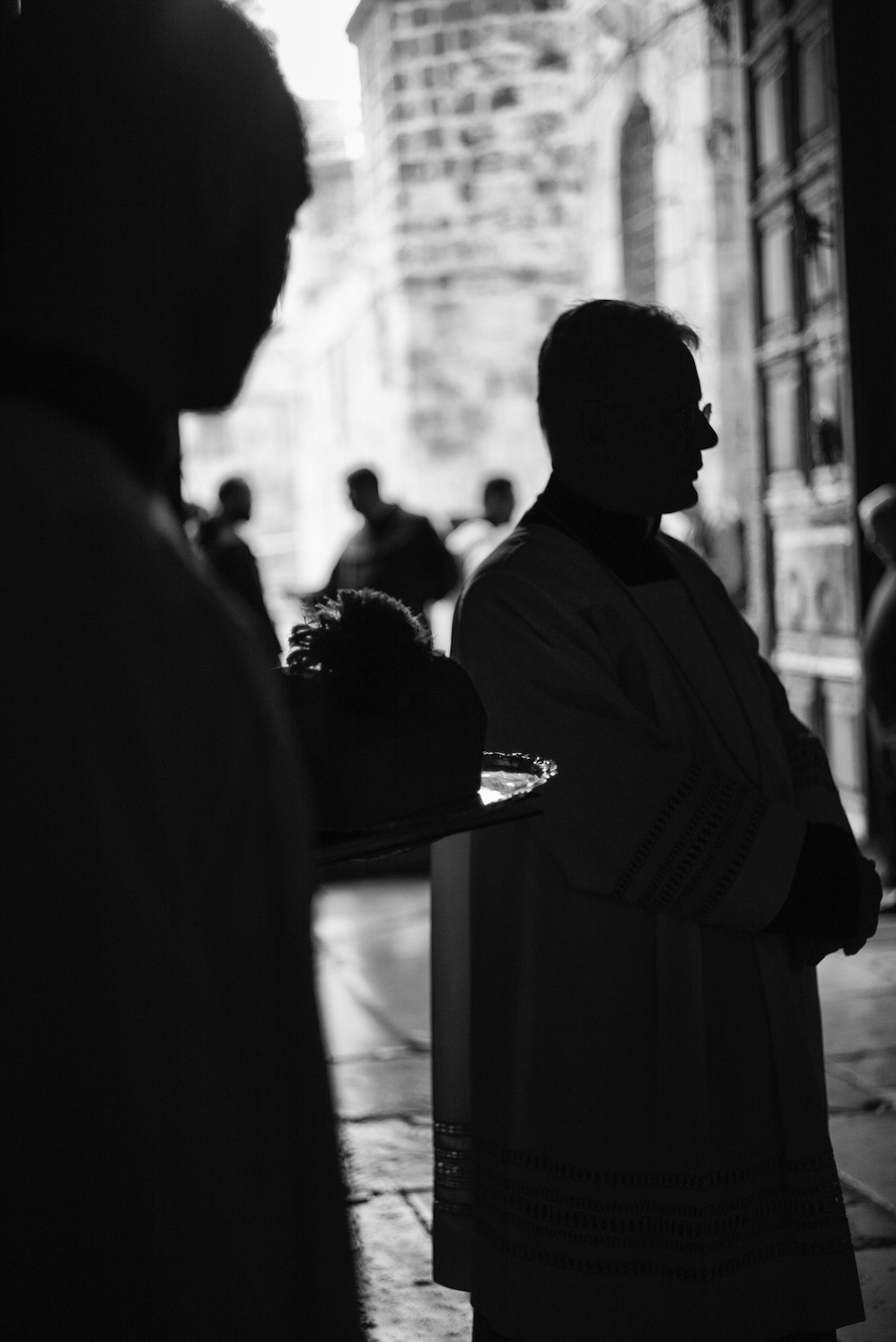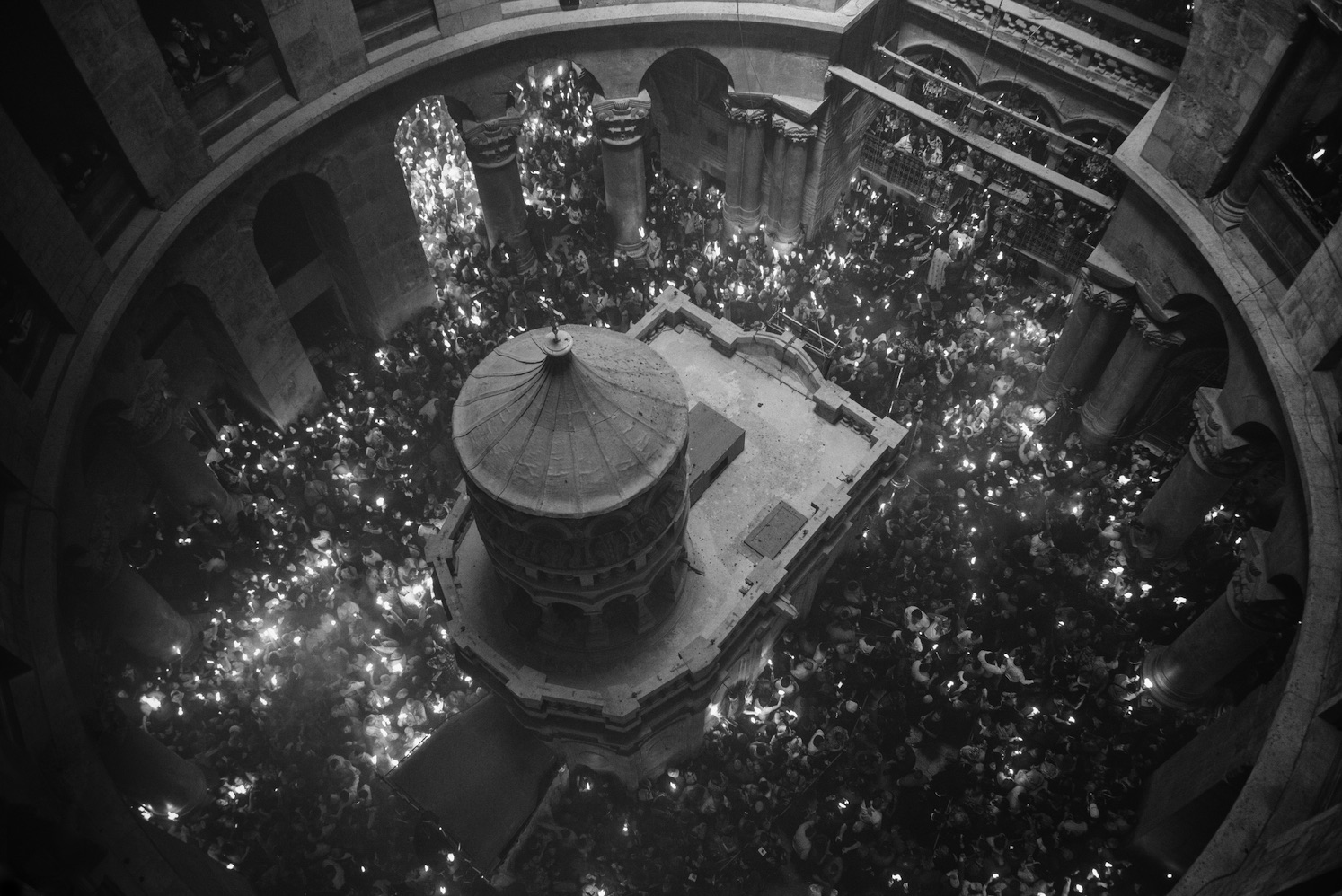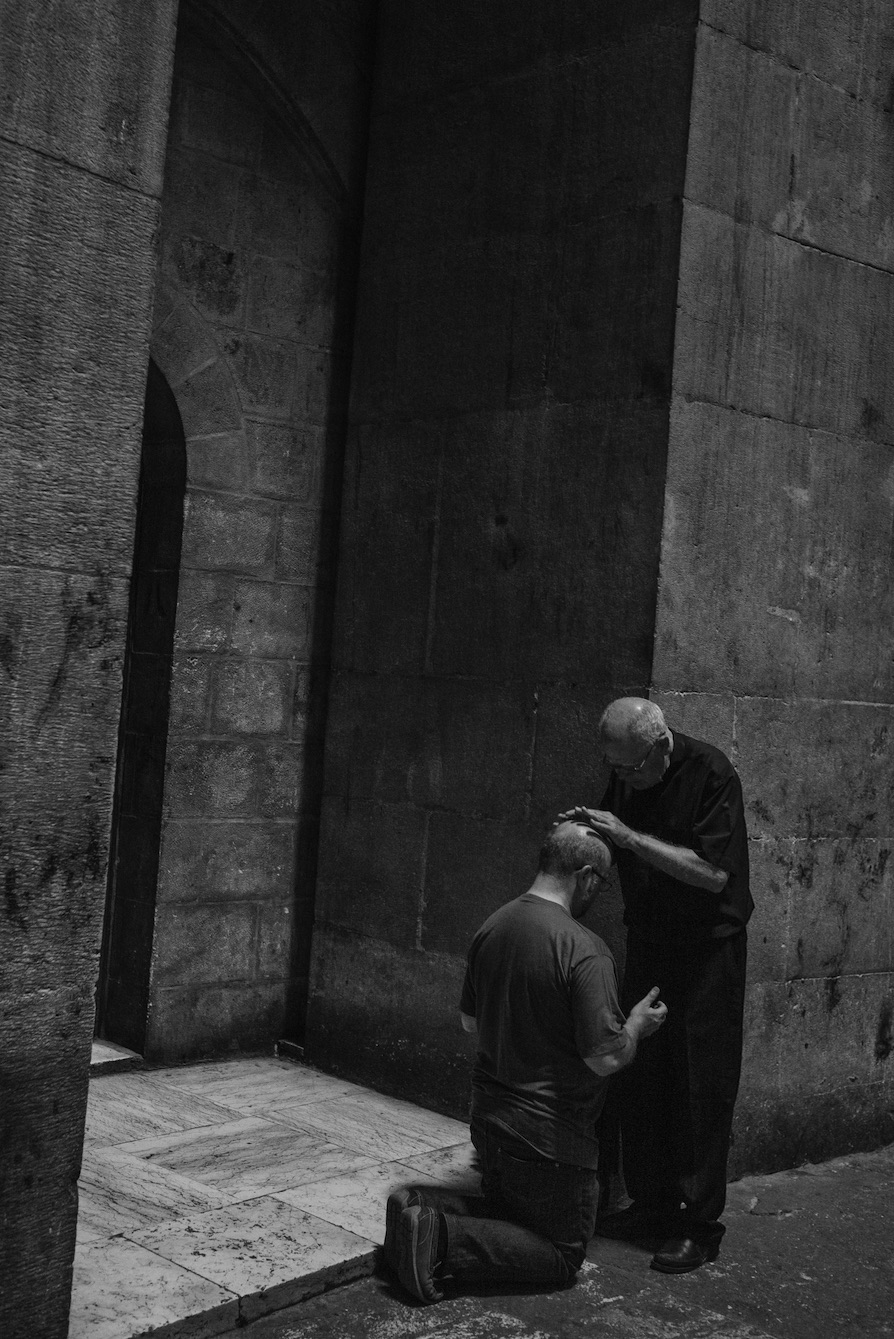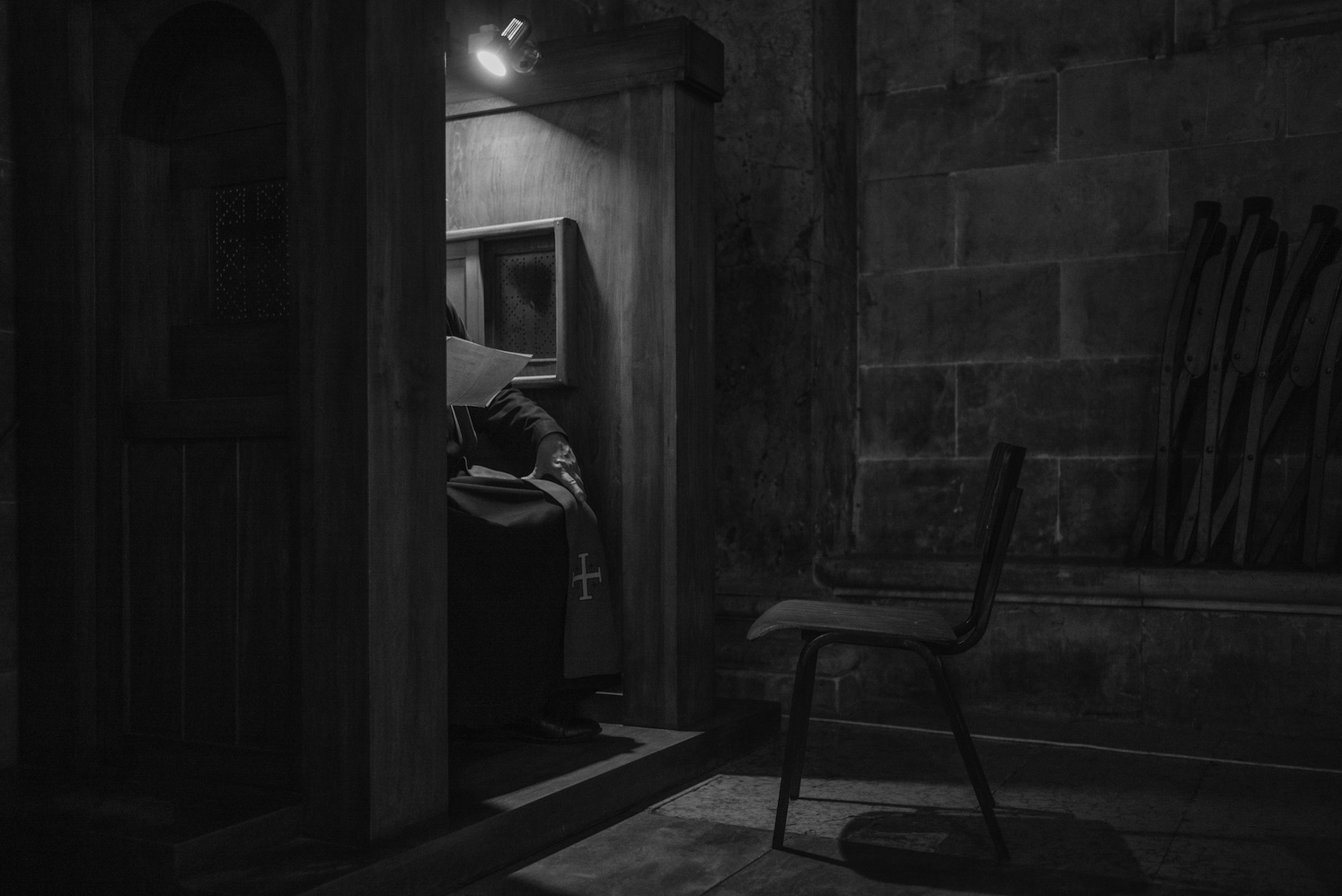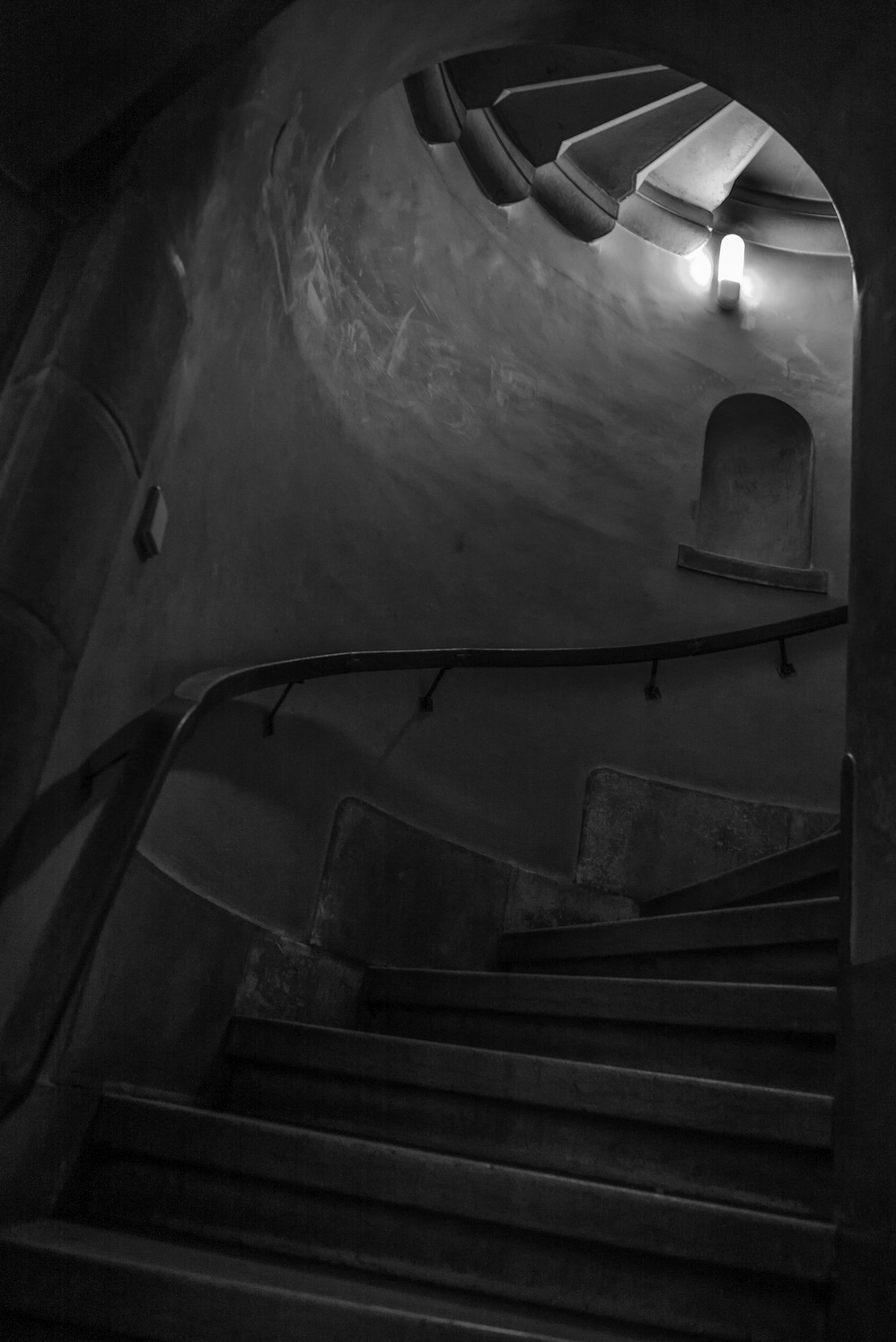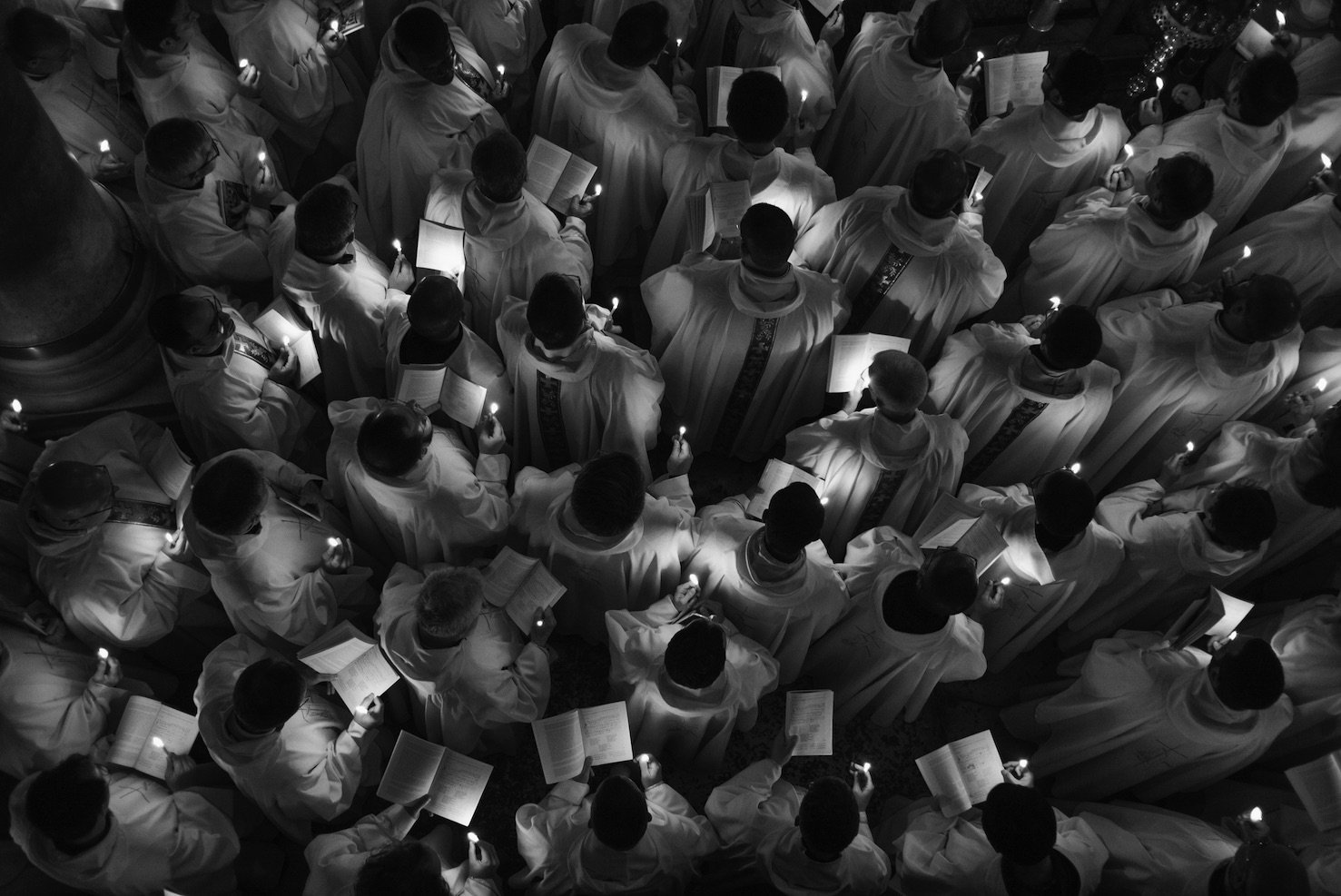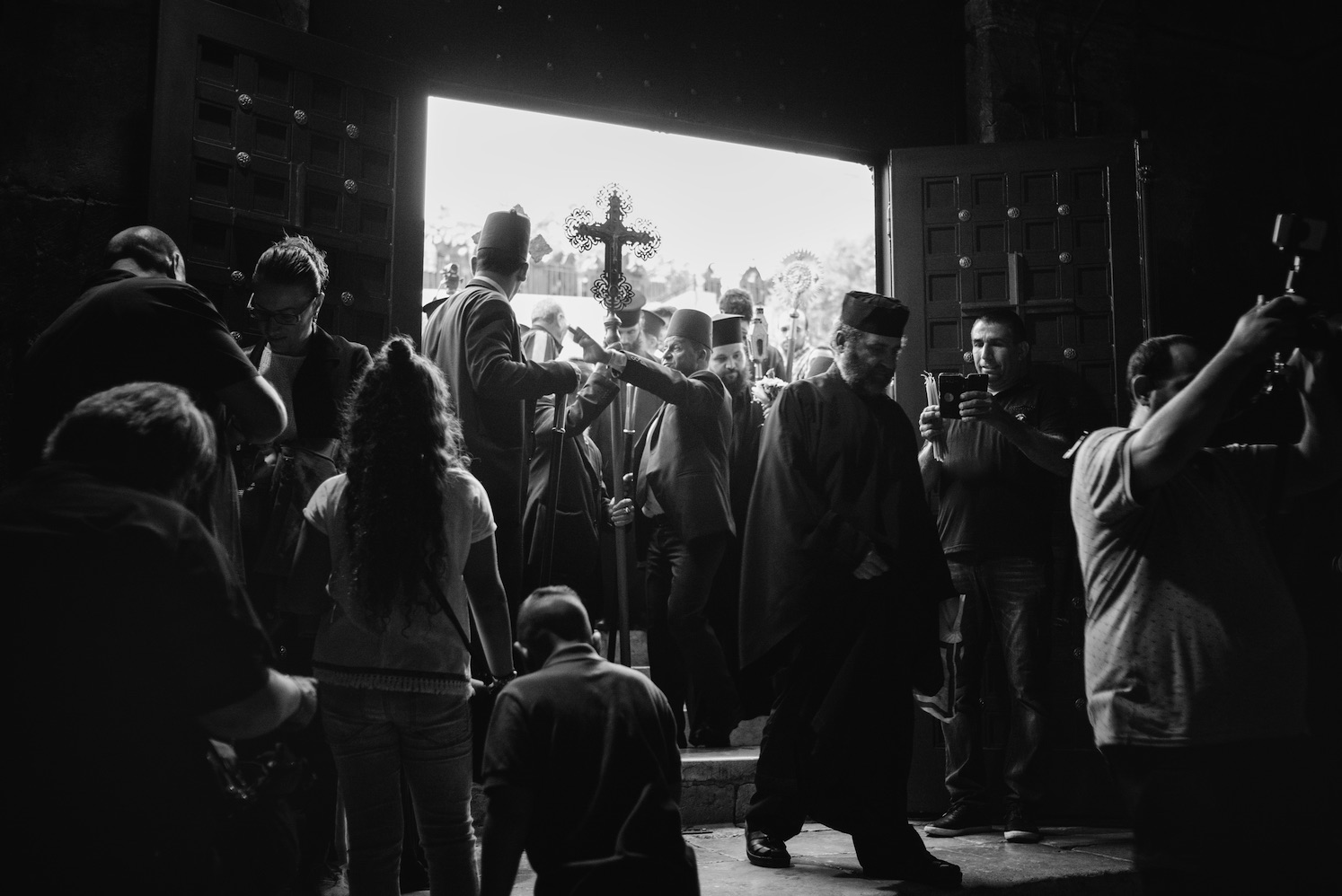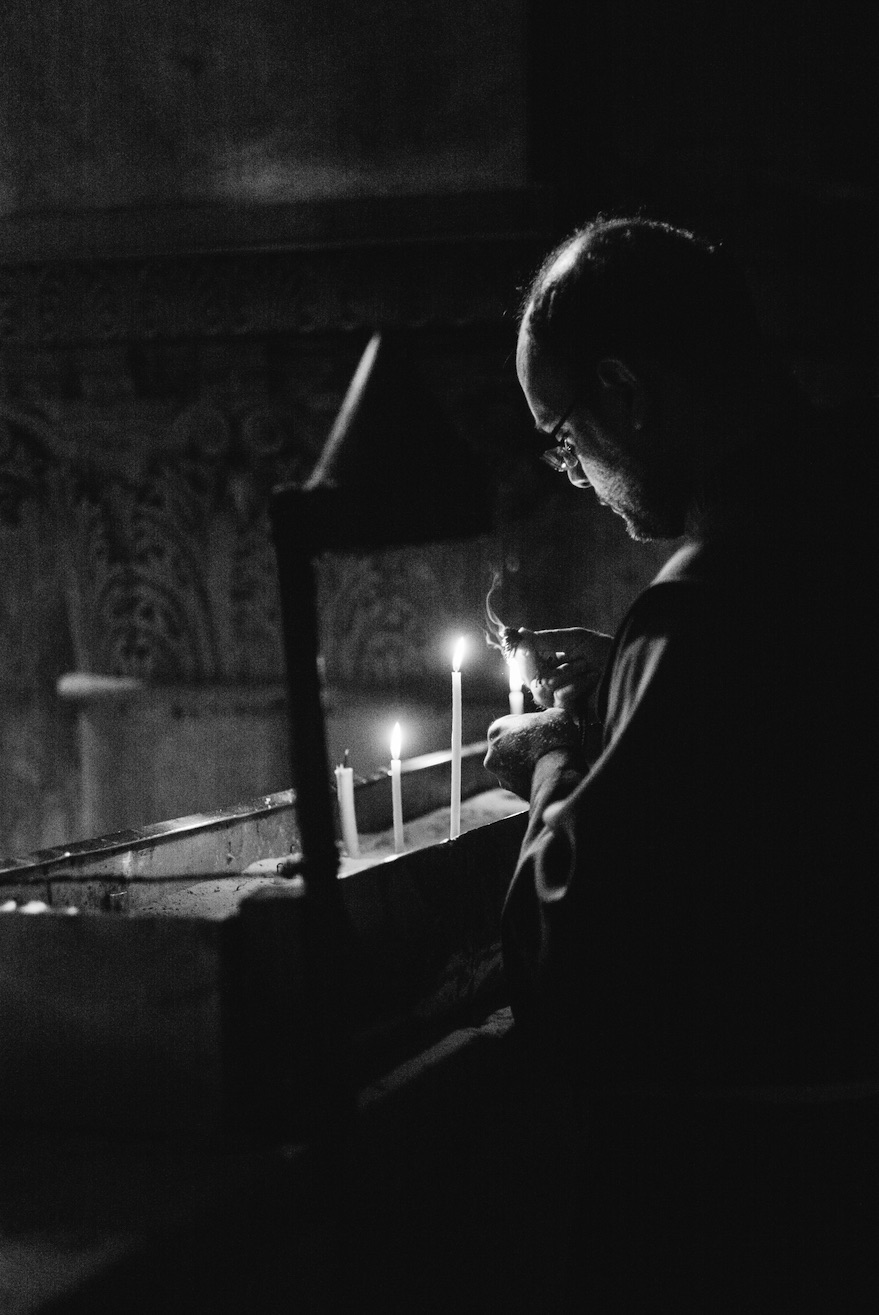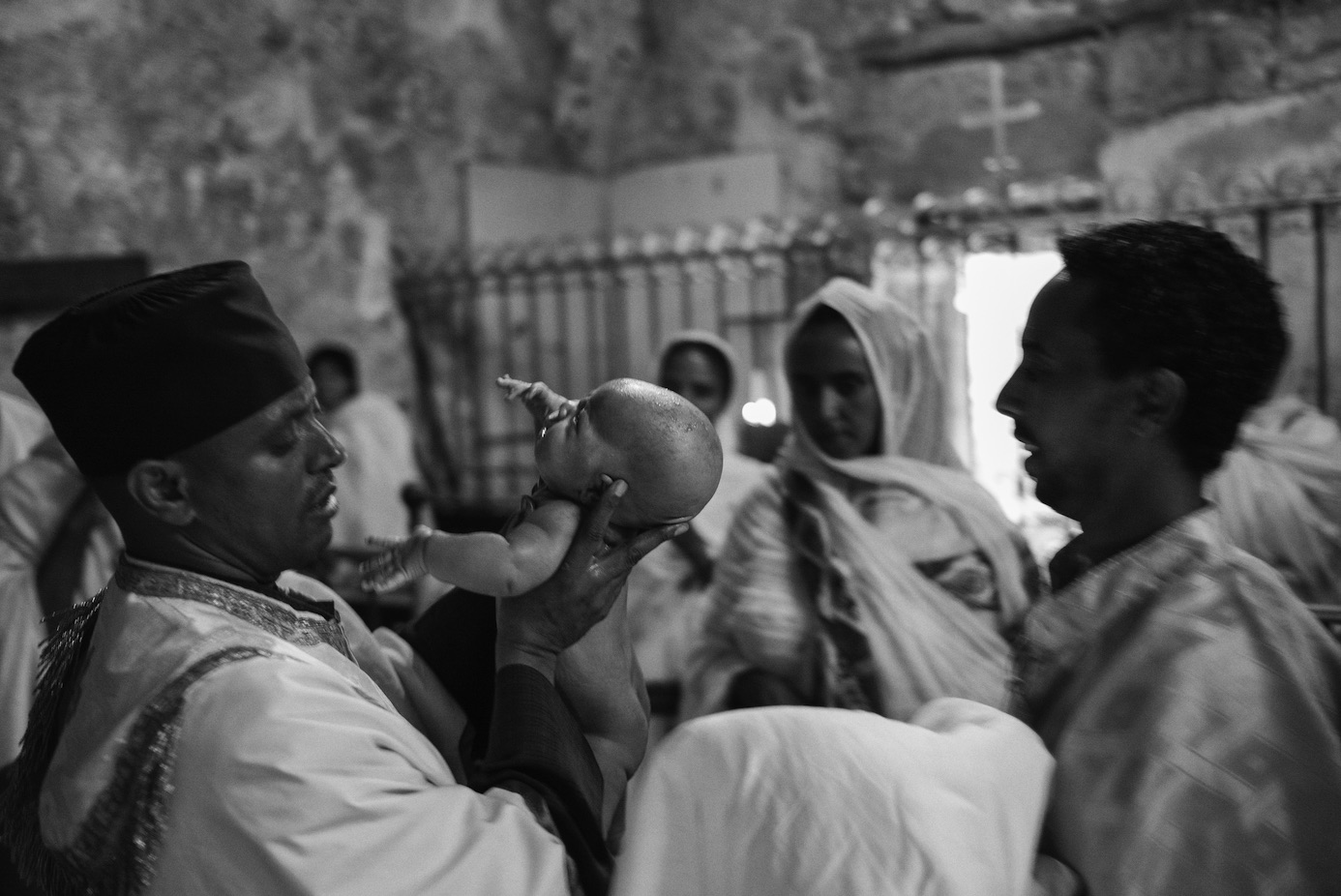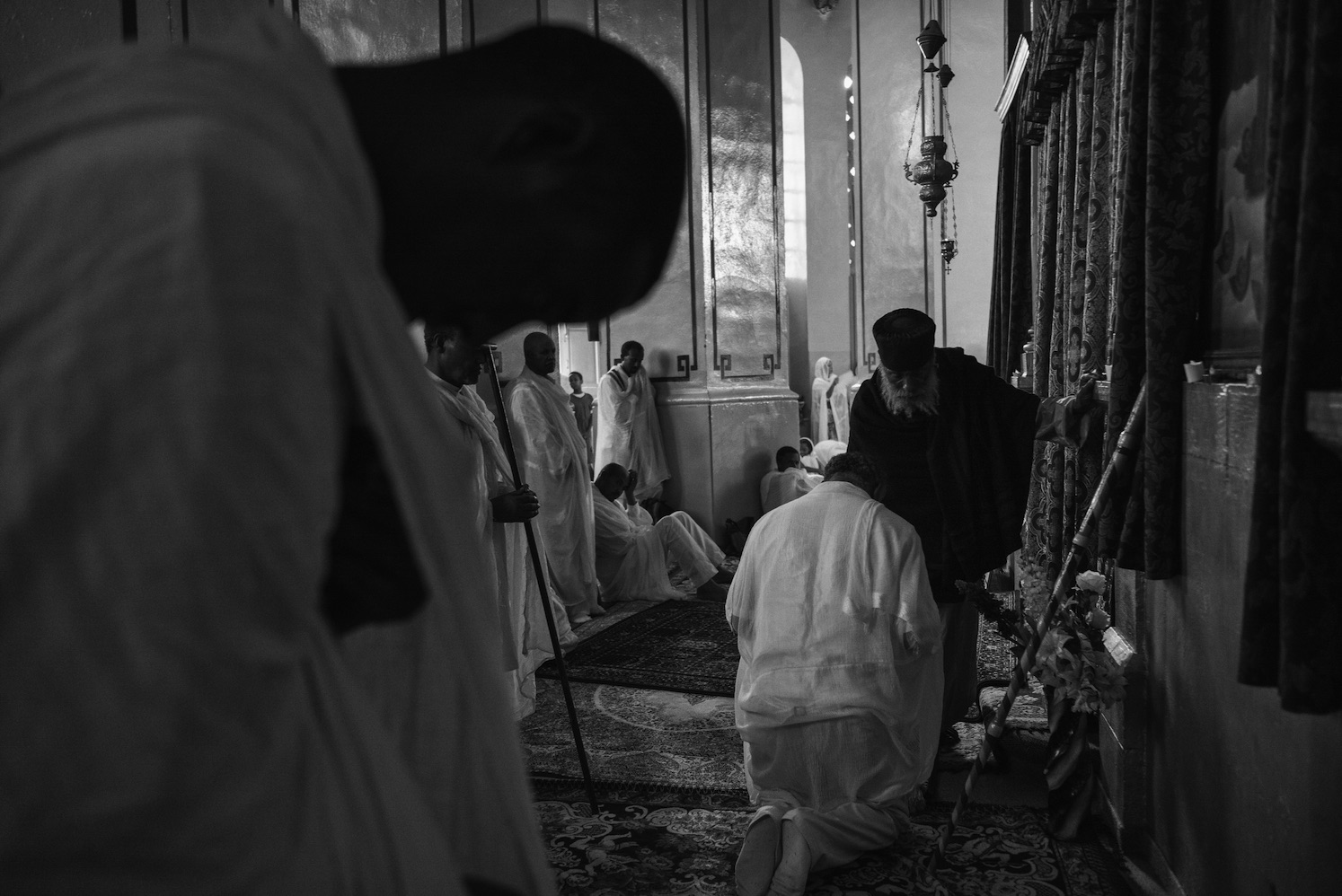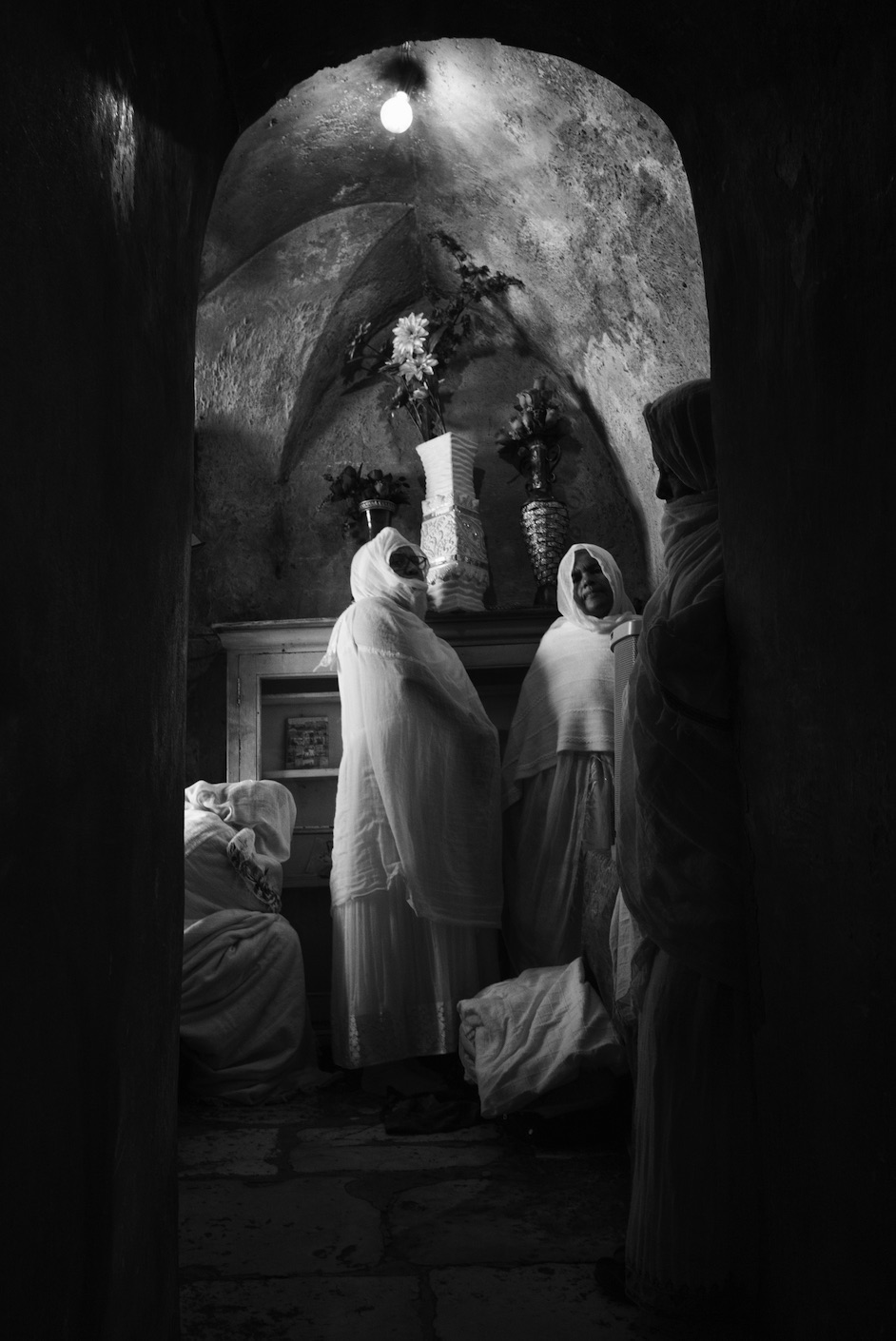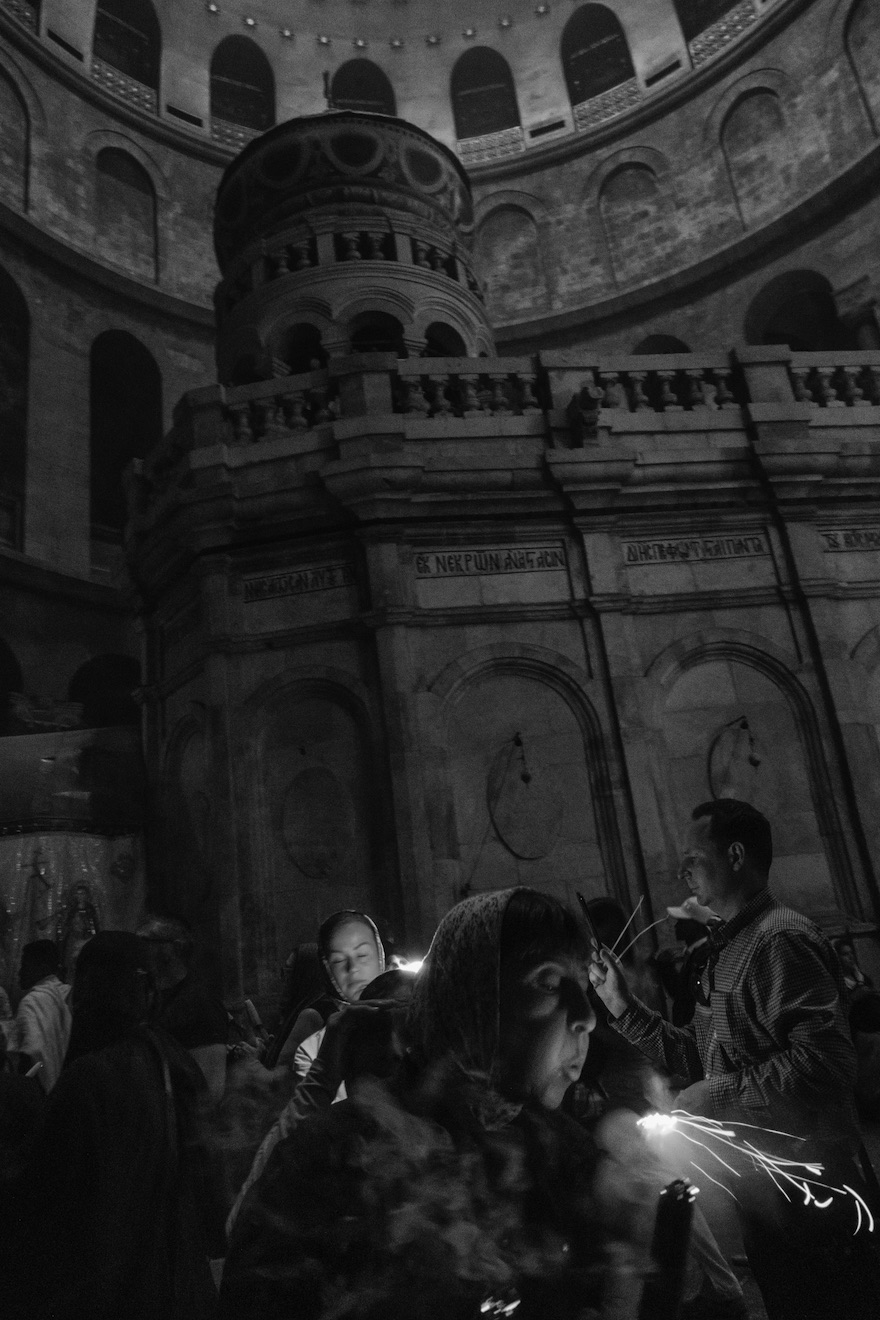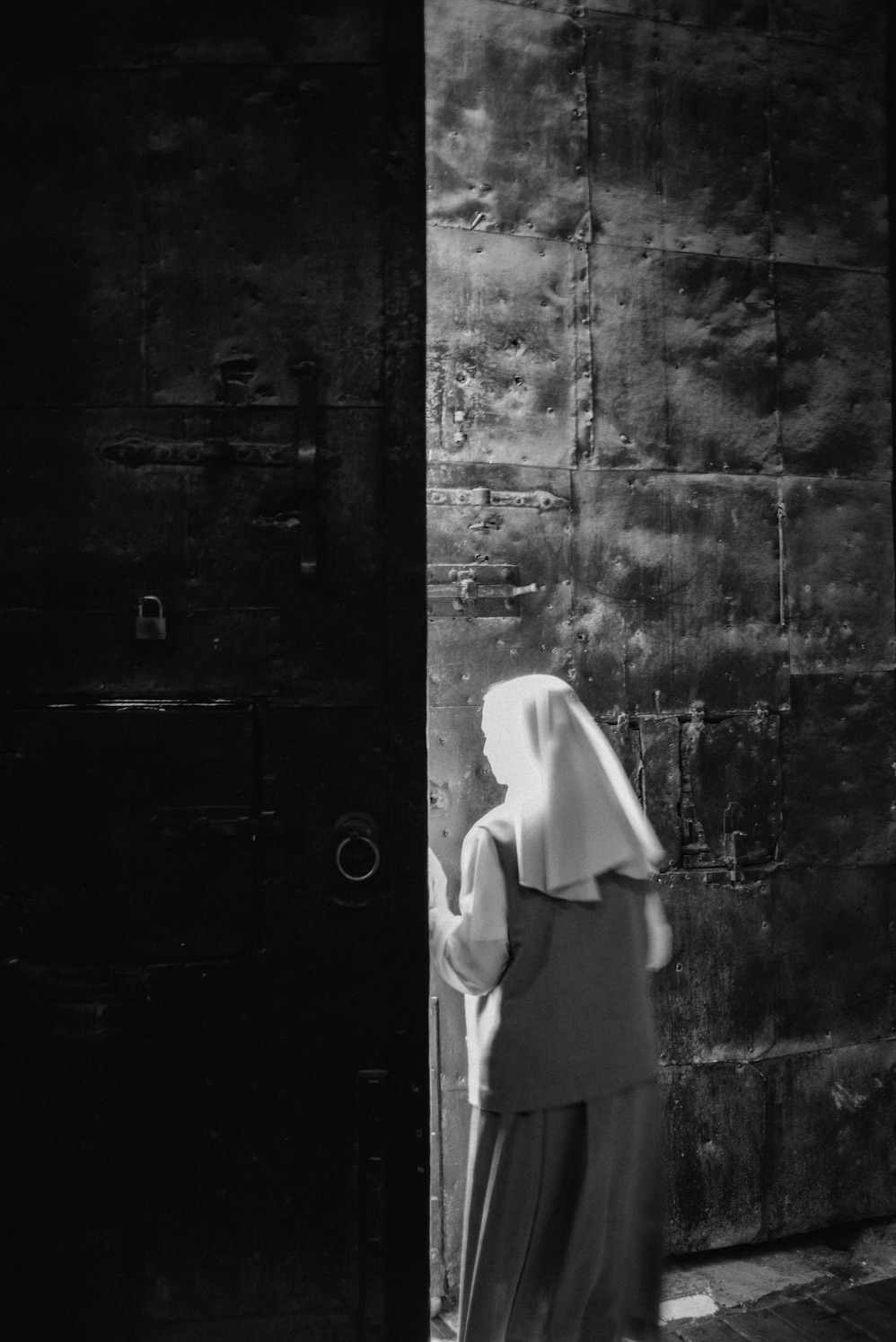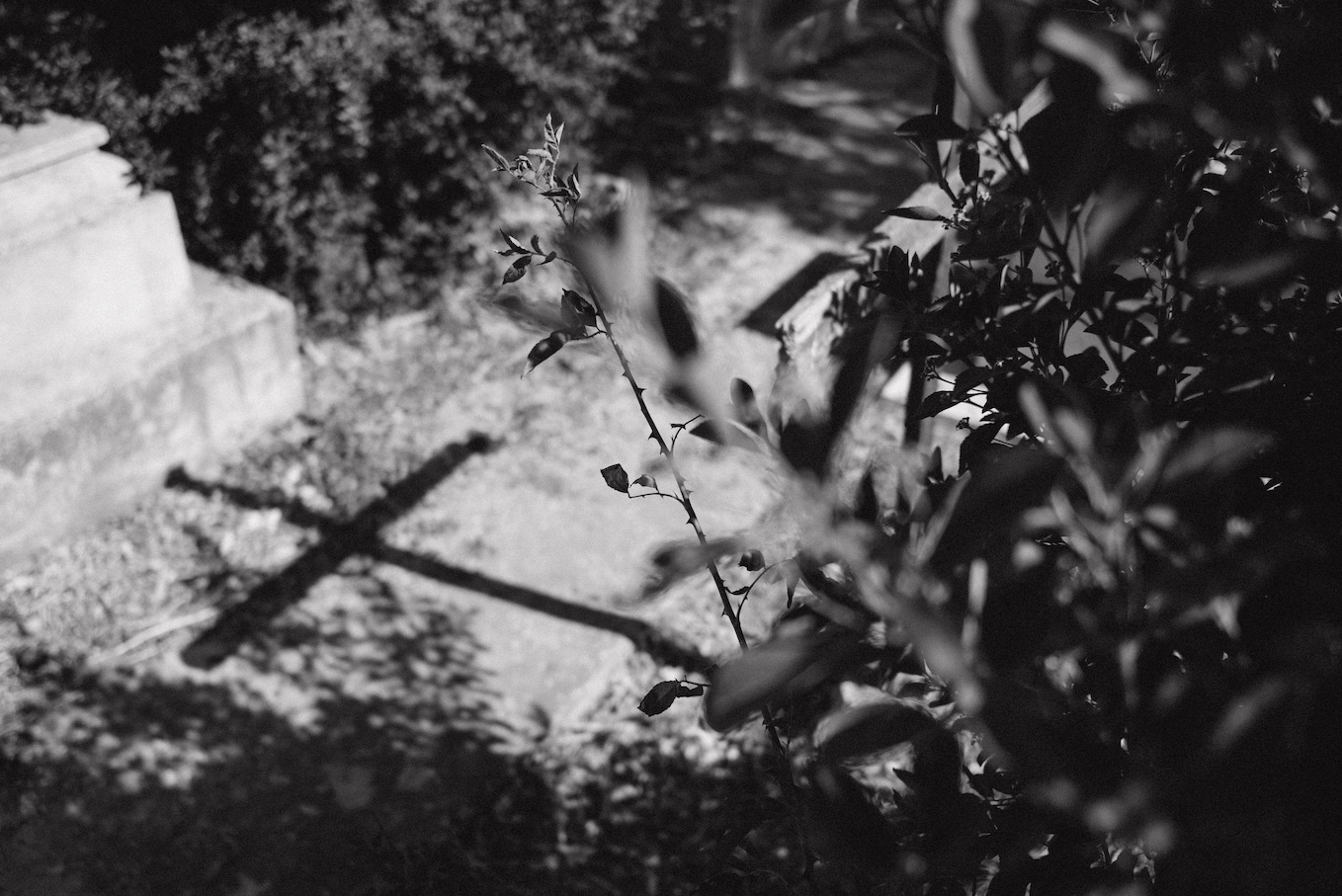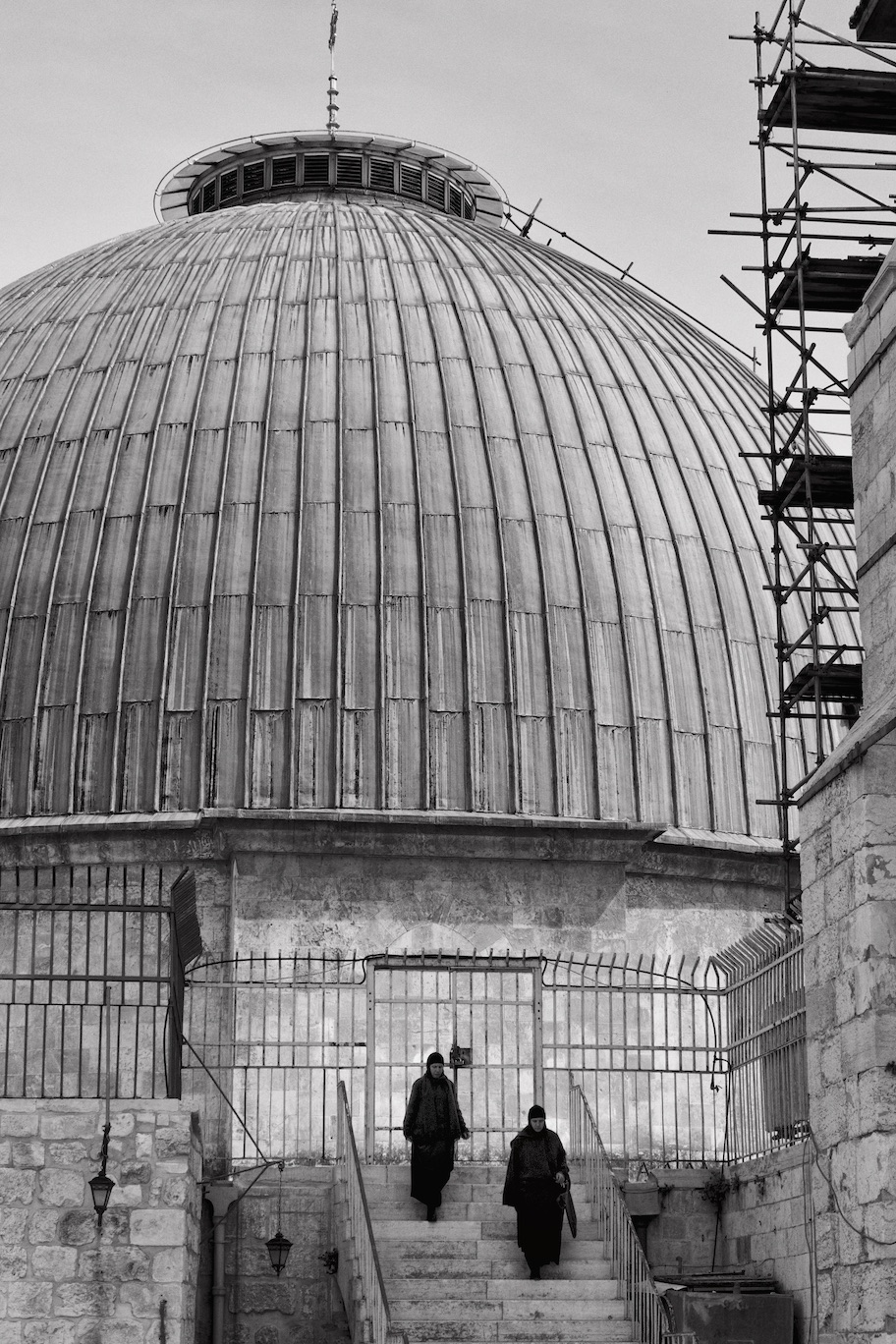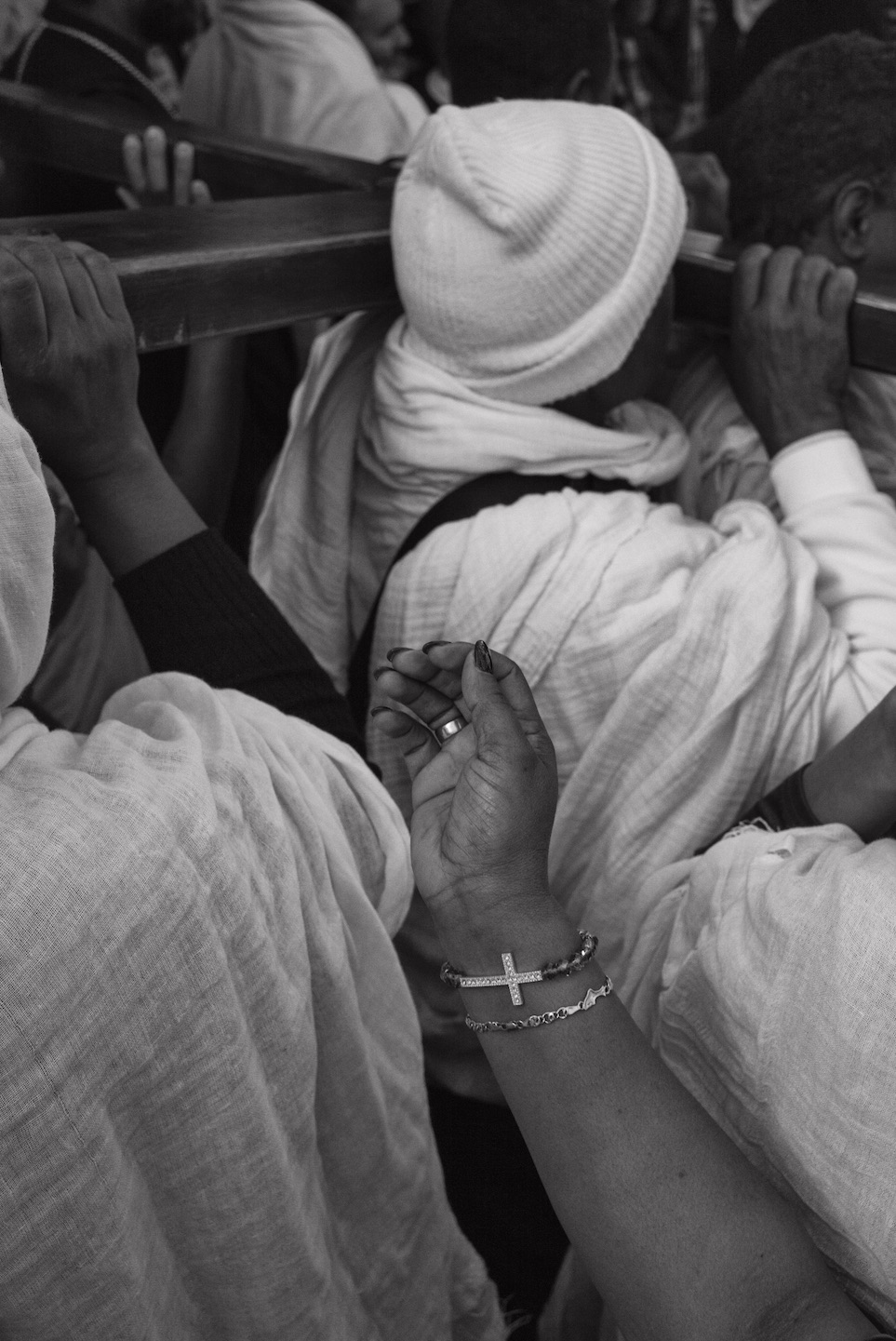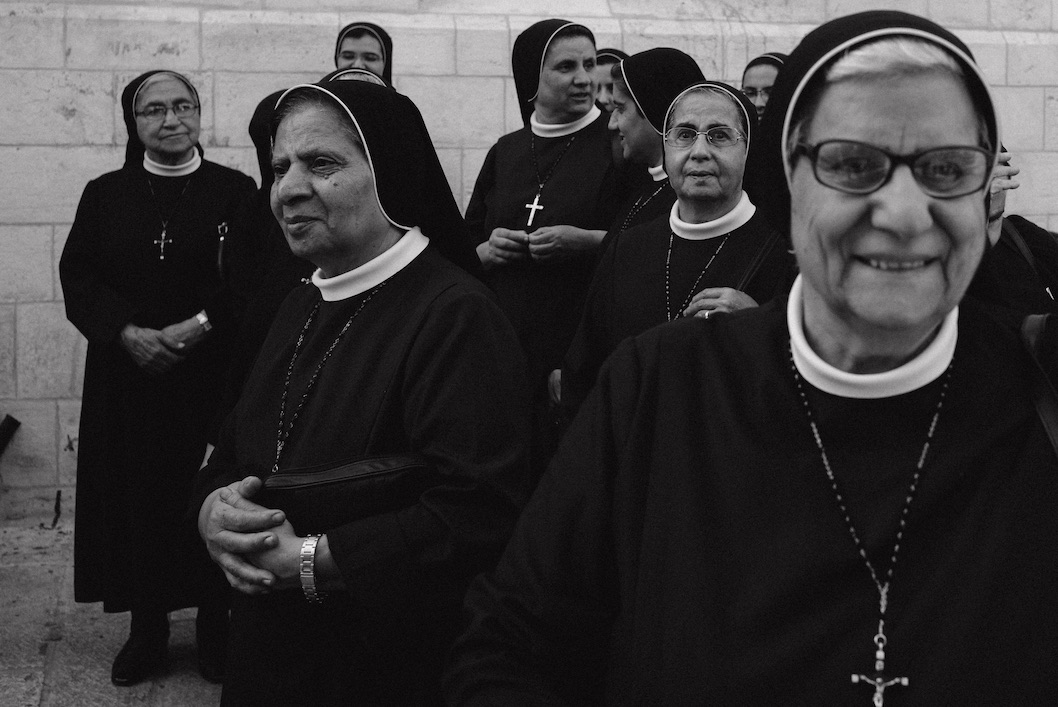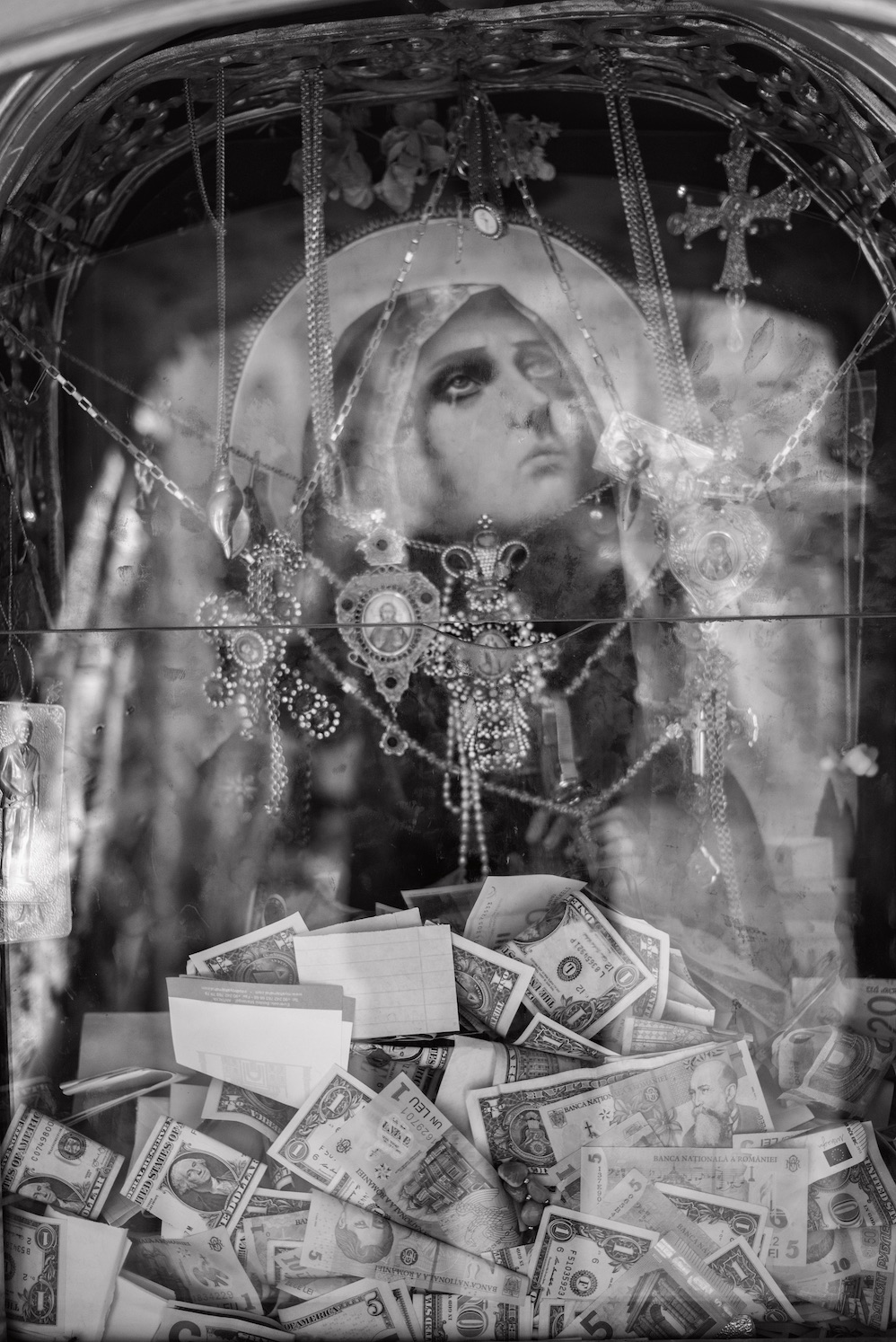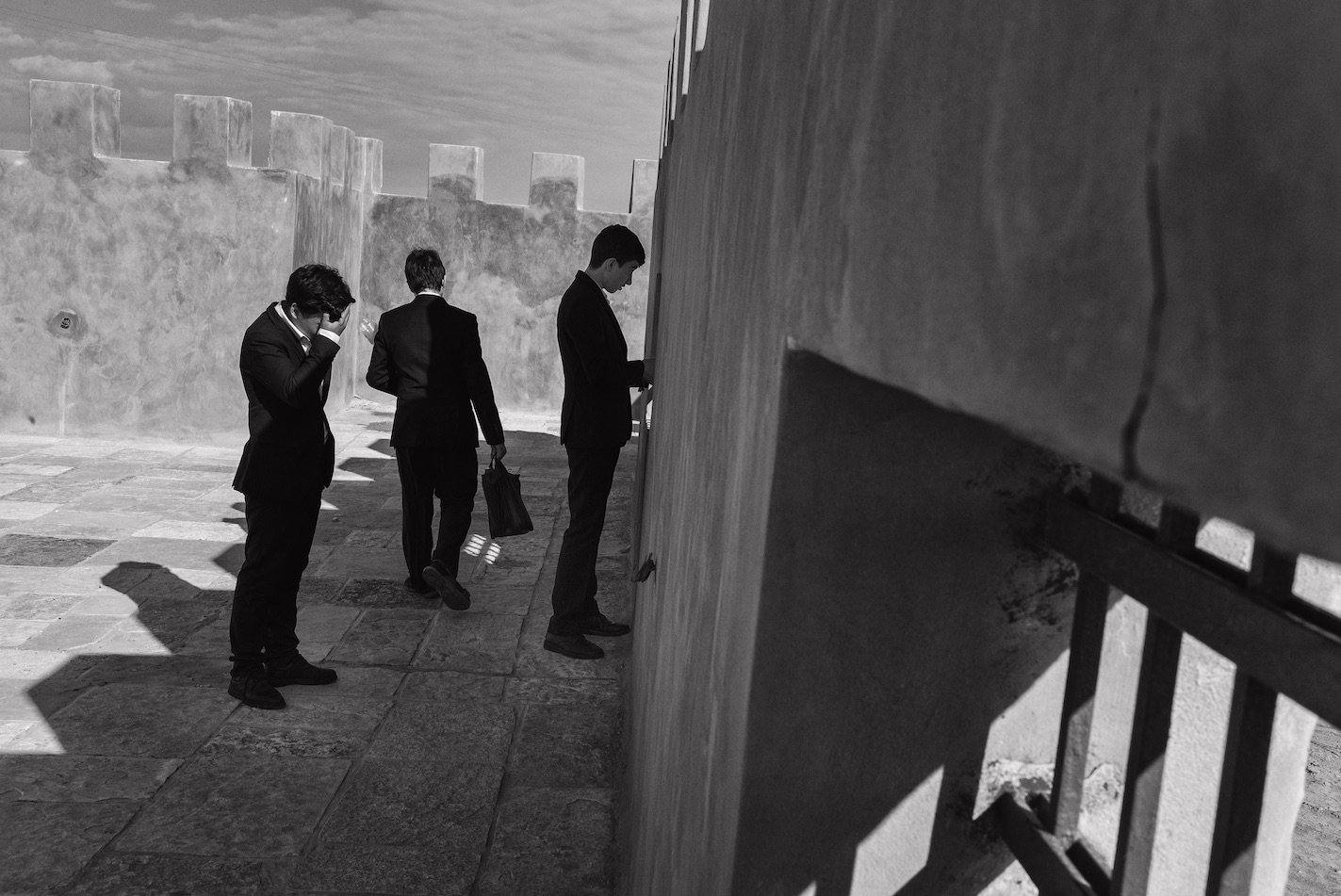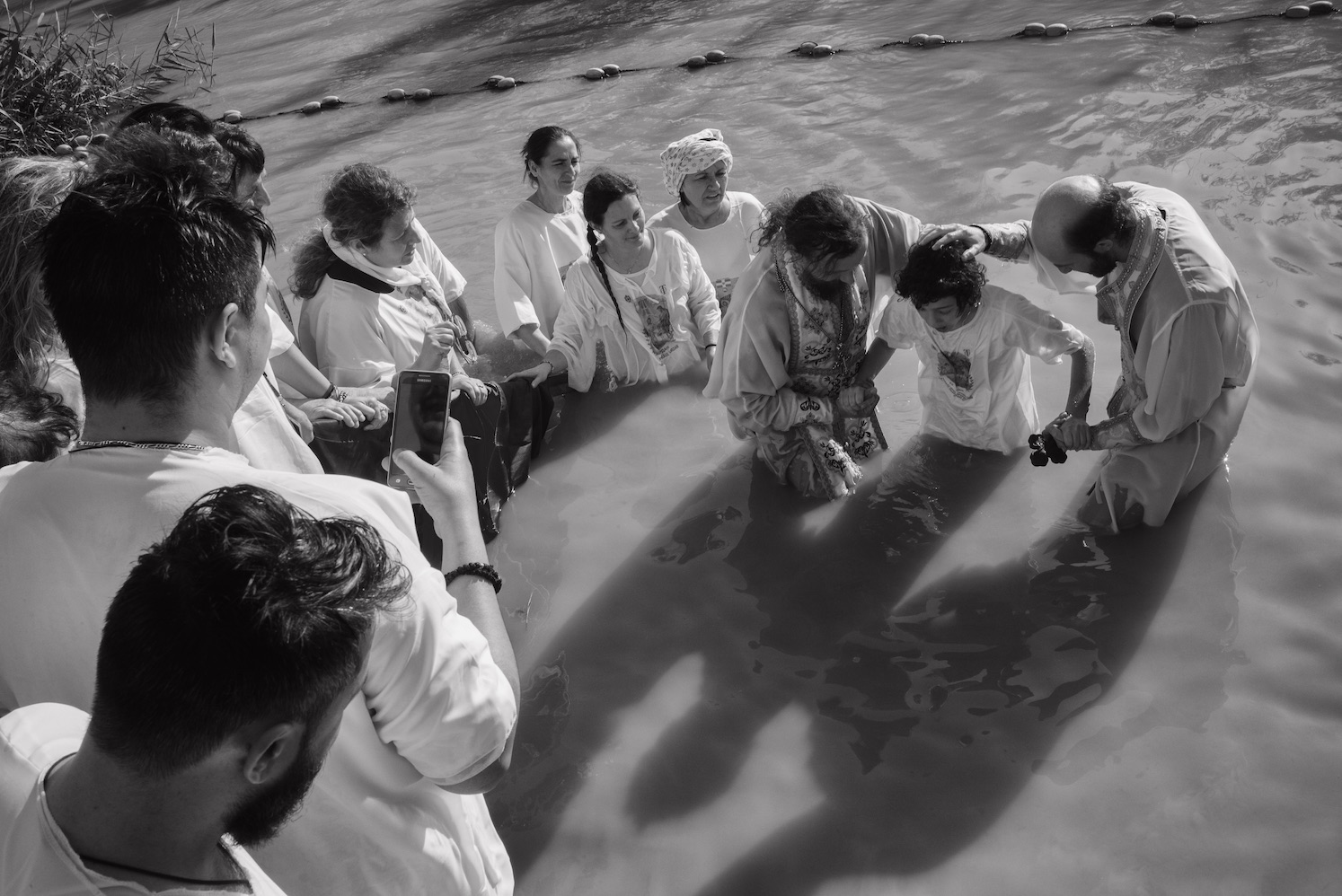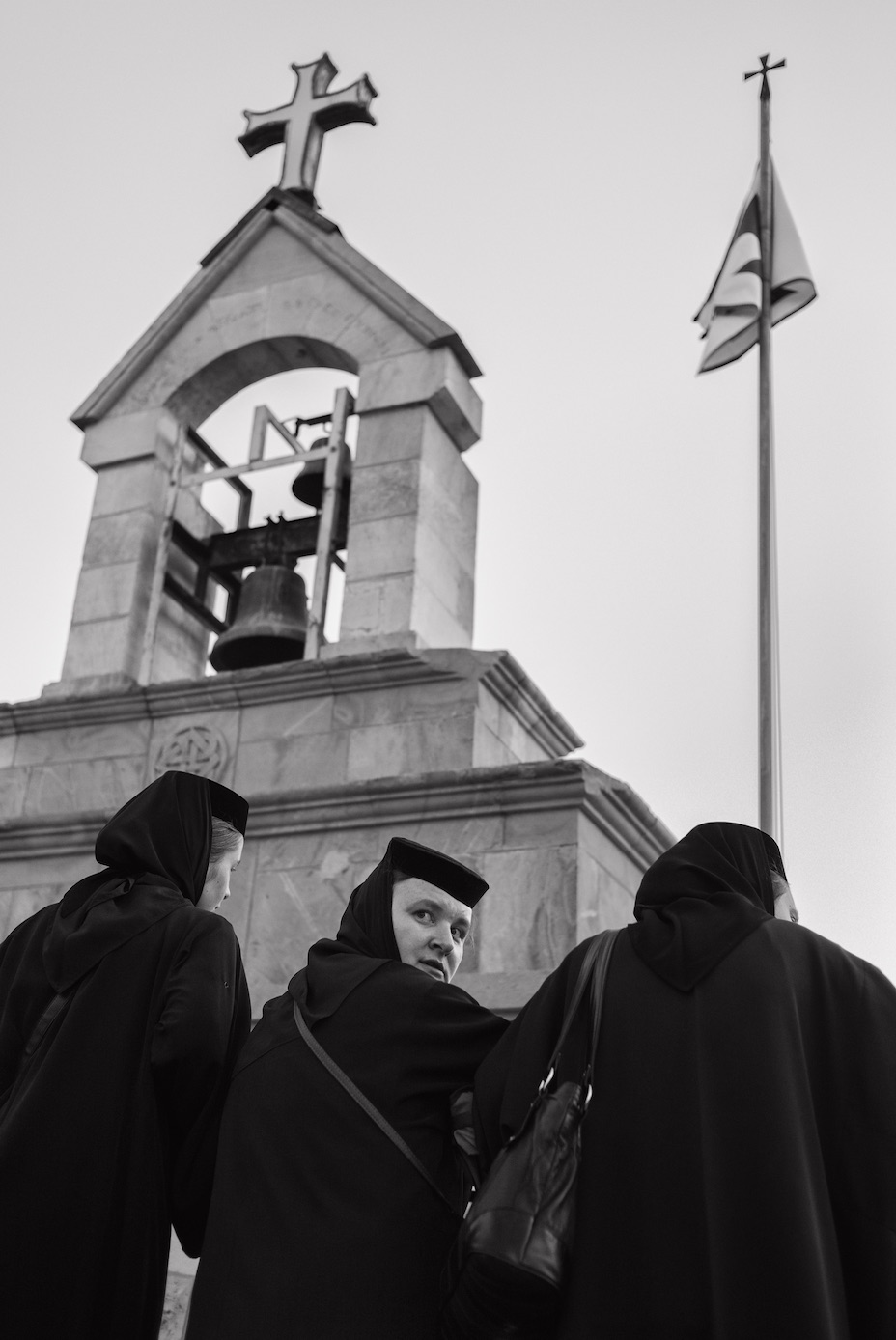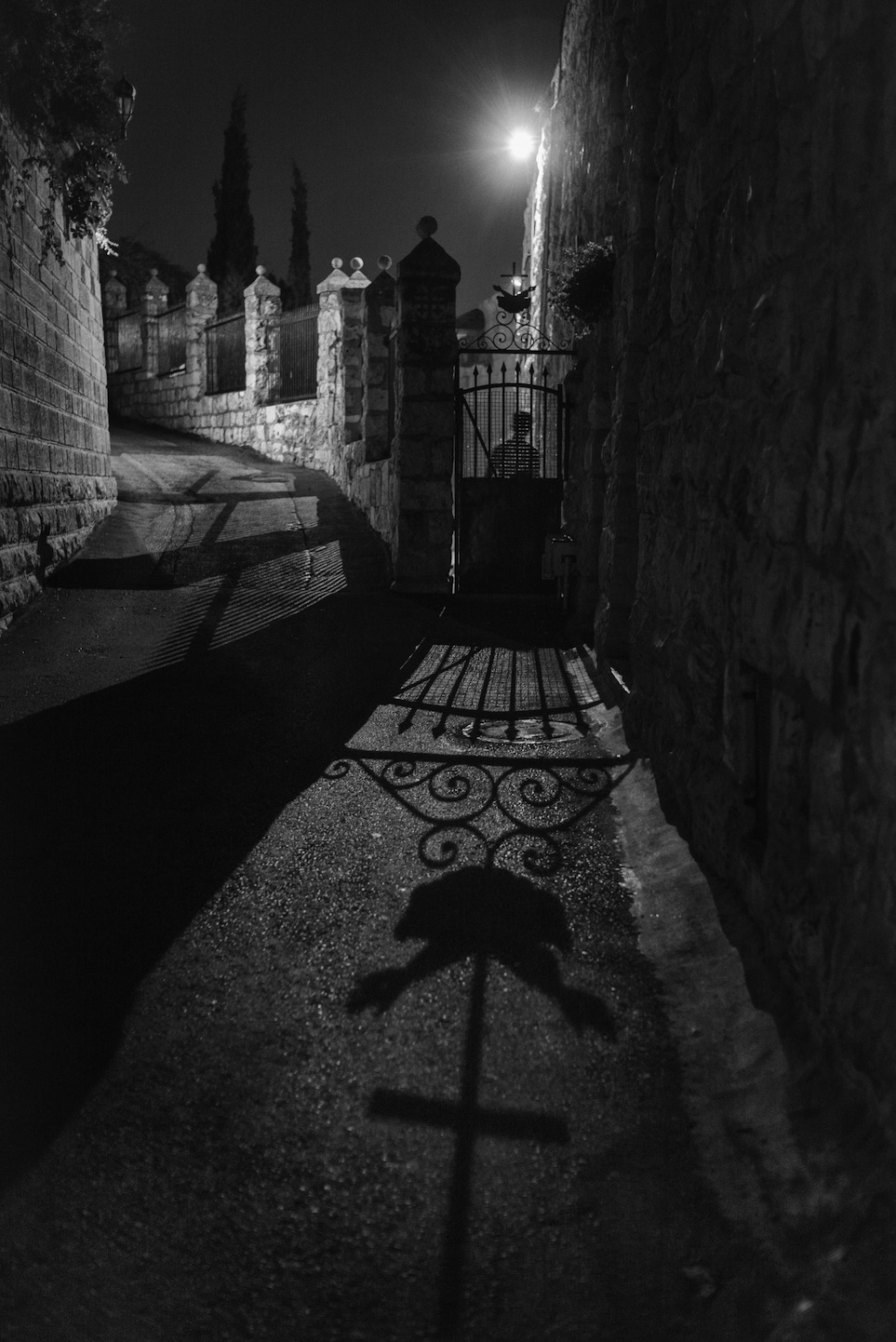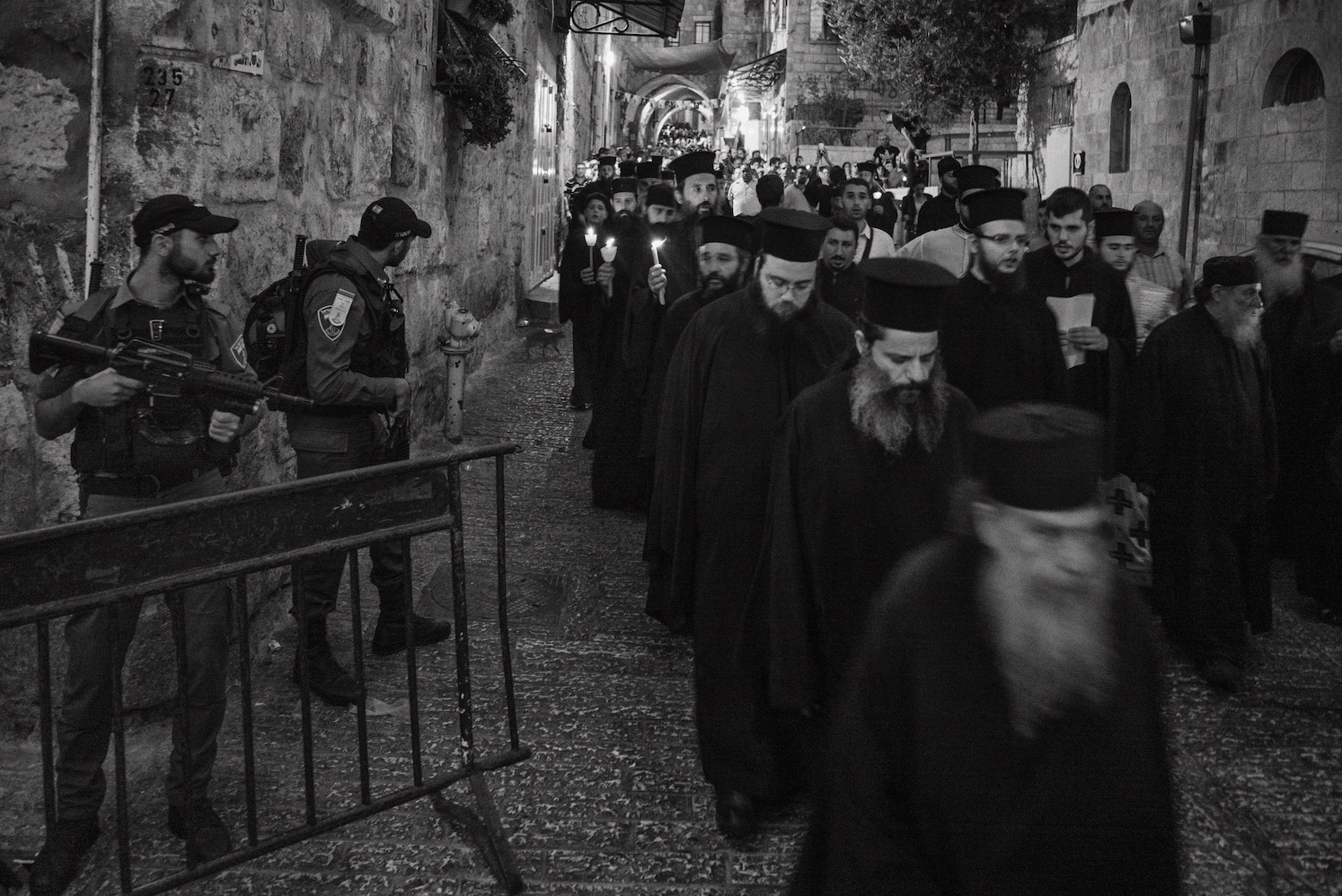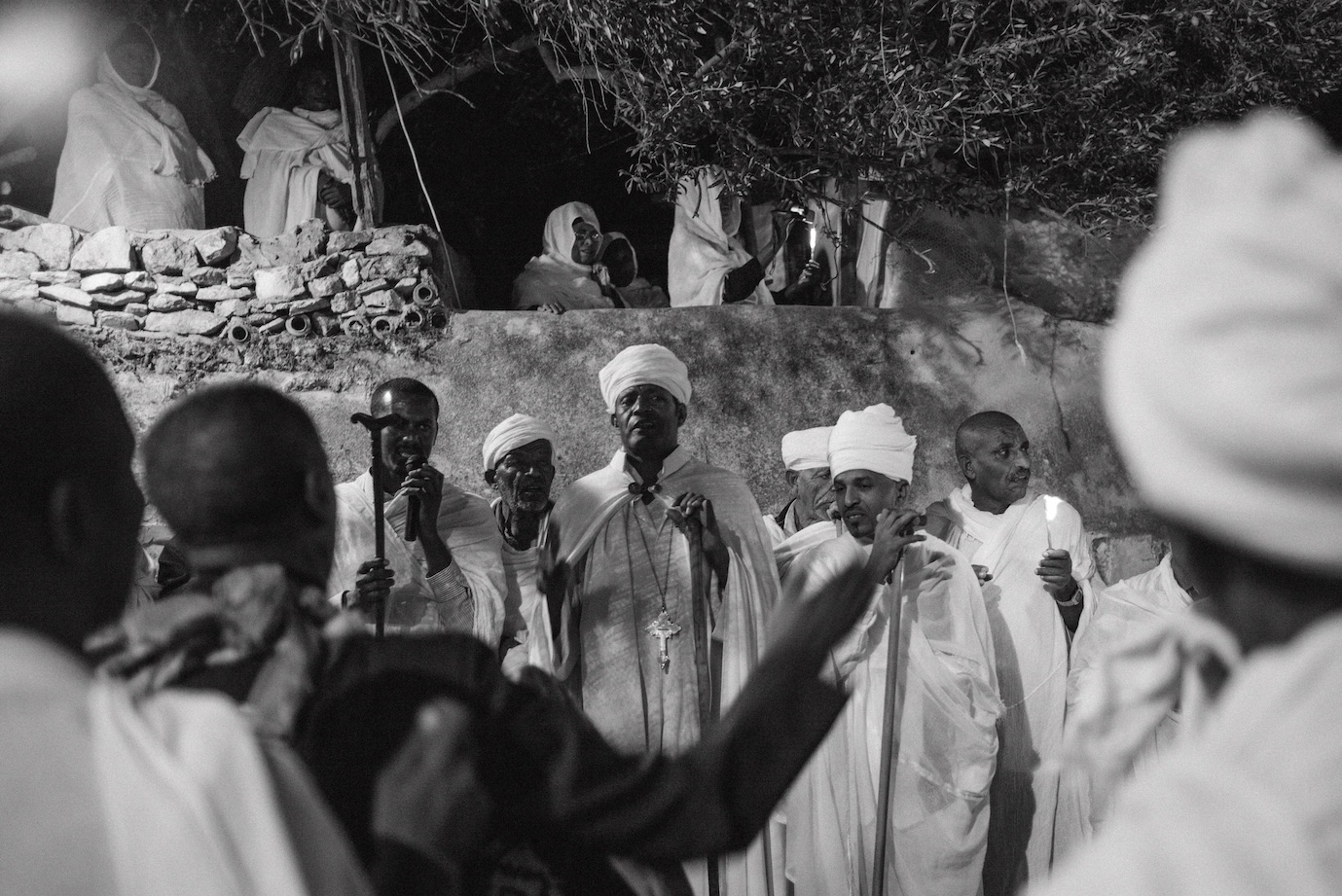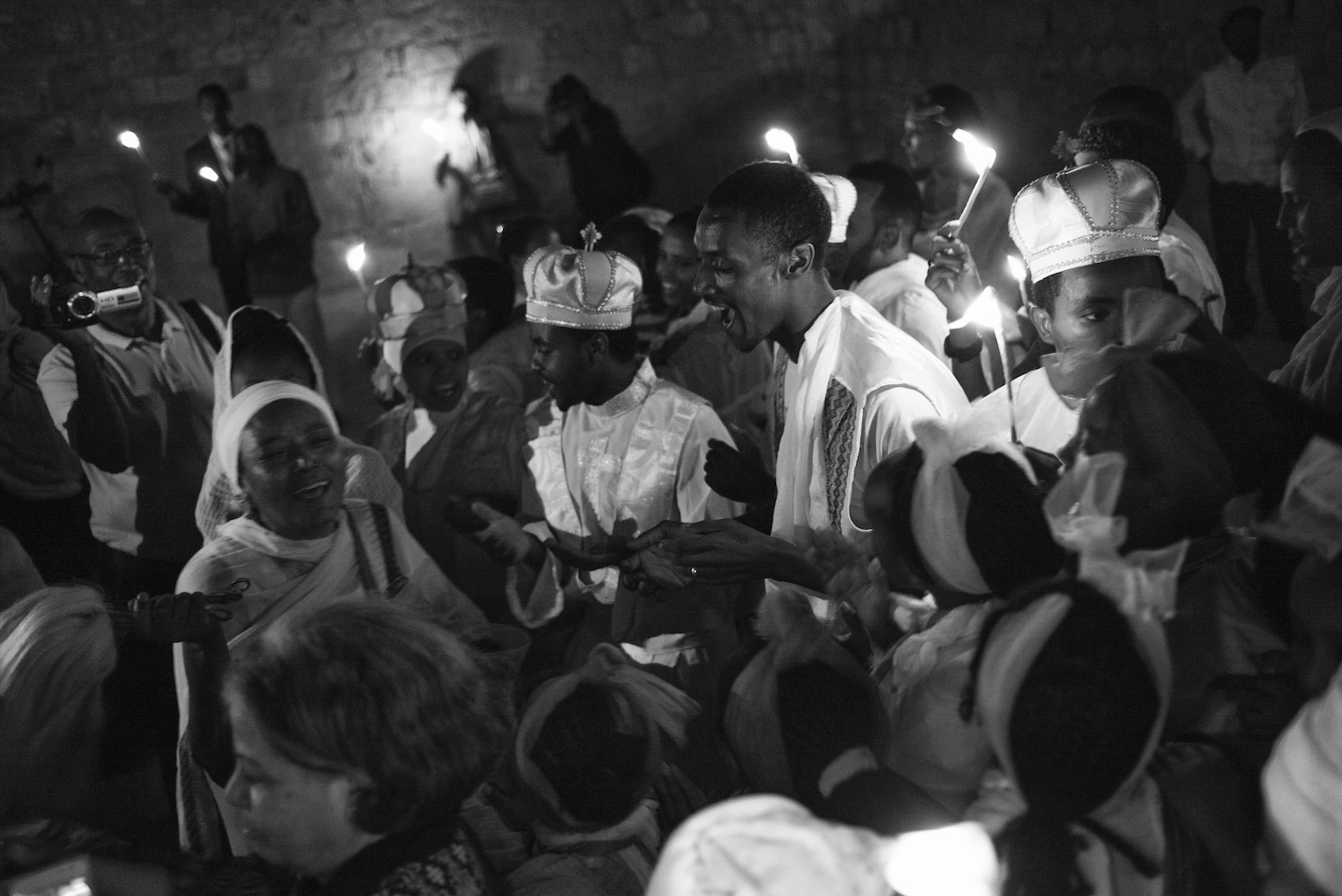II
Stones And Bones
Cities are shaped by the pressure of years and inner conflicts. While some adapt and change, others preserve themselves despite disasters and cling to their characters with deep resilience. I live in a city that transcends above time. It is where kings, prophets, and pilgrims have stood here through the ages, living by their holy gods and uncompromised faith. For centuries, their life stories were told repeatedly until eventually silenced by the narrative of the times. These testaments are now set in stones and buried bones.
The Christian religion had a flock of 2.19 billion believers in 2010. Fourteen thousand (0.0005% of the world population) lived around Jerusalem during that time. The city of Jerusalem shares a pivotal point in each story of the three monotheistic religions - Judaism, Christianity, and Islam. For thousands of years, Jews, Christians, and Muslims looked up to Jerusalem as promised to each faith. Each religion, by its believers, share with the city an unbreakable bond that was kept for thousands of years. In the Christian tradition, Jerusalem as a city holds a significant position in the Old Testament and Jesus Christ's life. It is the city where Jesus was brought as a child to be "presented" at the Temple and to attend festivals (Luke 2:41). According to the Gospels, Jesus preached and healed in Jerusalem, especially in the Temple courts. The scripters of the new testament address the account of Jesus' "cleansing" of the Temple and chasing various traders out of the sacred precincts (Mark 11:15). At the end of each of the Gospels, there are accounts of Jesus' Last Supper in the "upper room," his arrest in Gethsemane, trial, crucifixion at Golgotha, burial nearby and his resurrection and ascension. All events take place within the city boundaries.
At the beginning of the fourth century CE, the Roman Empire became Christian, and Jerusalem rose in status and importance. The Byzantines started building magnificent churches within city compounds where was, first and foremost, the Church of the Holy Sepulcher and the New Church of the Theotokos, which later was destroyed. After the Muslim conquests in the 7th century CE, Christians maintained their connection to Jerusalem and started the Crusades to free the Holy Sepulcher from the rule of infidels. Even after their failure, the dream remains, and a new concept rises in the heavenly Jerusalem. Numerous places of worship were built by the Christians in Europe to form a holy Jerusalem and to serve as an alternative to the earthly Jerusalem. In the middle of the 19th century, the Christians returned to Jerusalem and started building churches, religious buildings, and magnificent institutions.
As of 2020, almost all streams from the Christian world have representation in Jerusalem, and millions of pilgrims arrive each year in Jerusalem and Israel to view its wonders.

